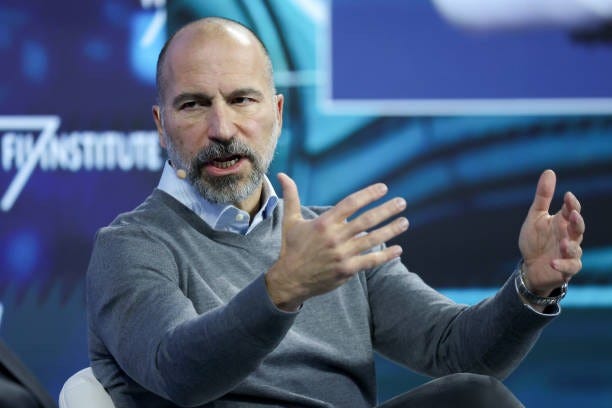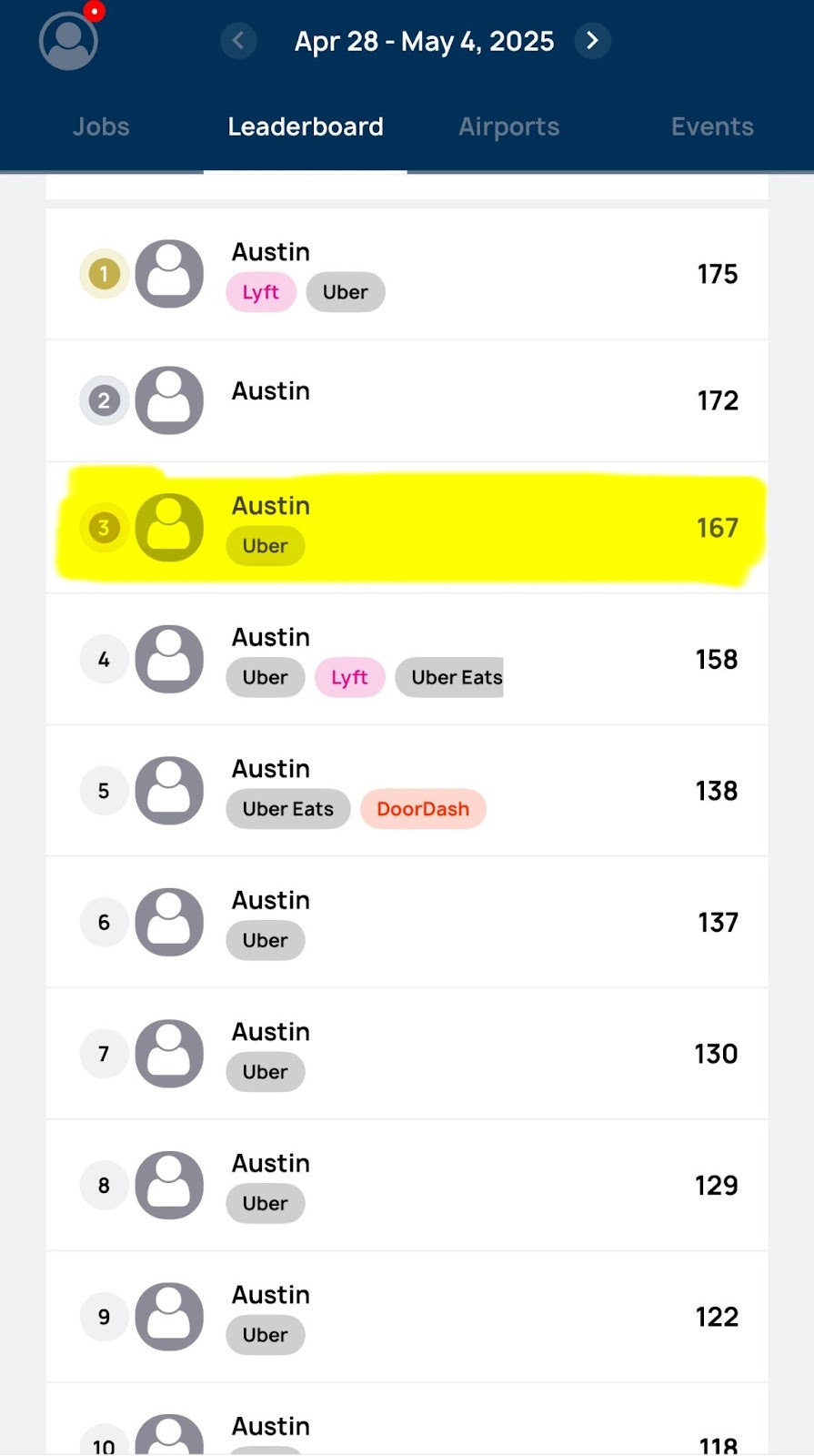Uber CEO: Waymo Robotaxis in Austin Are Busier Than 99% of Human Drivers
During Uber’s latest earnings call, CEO Dara Khosrowshahi gave a big update on the Waymo partnership in Austin, saying the deal has "exceeded expectations" and Uber will expand its AV fleet.
I’ve been tracking Waymo’s rollout in Austin carefully over the past few months since it’s the first city where Waymo is available exclusively on Uber. In order to hail a Waymo in Austin, riders need to go to the Uber app and ‘opt in’ to Waymo rides for the chance to get matched with a Waymo after they request a normal Uber ride. If there’s no Waymo available, they’ll get a regular human Uber driver.
Yipit released early data that indicated Waymo was doing 20% of all Uber rides in Austin but the missing variable from that data was the size of the vehicle fleet. The smaller the fleet, the more impressive that 20% number is.
During Uber’s latest earnings call, Khosrowshahi announced that they have a fleet of 100 Waymo vehicles on the road in Austin, and their fleet is now busier than 99% of all drivers in terms of completed trips per day. He also shared that the two companies plan to scale their autonomous fleet in Austin to "hundreds" of Waymos in the coming months, ahead of the launch of Waymo's robotaxis on the Uber app in Atlanta later this year.
On the surface, 'busier than 99% of human drivers' is an impressive stat. But it makes sense since Waymos can theoretically work 24/7 (minus a couple of hours a day for charging, cleaning, etc) while human Uber drivers are required to take a 6 hour break after 12 hours of consecutive driving.
How many trips a week do the busiest Uber drivers do in Austin?
So how many trips a week do the busiest Uber drivers in Austin do? For that answer, I turned to the driver analytics app Solo, and their data shows that the top Uber driver in Austin did 167 trips last week.
Per Uber’s terms of service, Uber drivers are limited to 112 hours per week on the platform. Realistically though, even the busiest drivers don’t work more than 60-80 hours per week. So at 80 hours per week and 2 trips per hour, that would be 160 trips per week. So the 167 figure above from Solo is plausible.
Waymo’s utilization and trip potential
If each Waymo vehicle works 22 hours a day and does just 1 trip per hour, that is 154 trips per week (22 trips/day). So we’re already close to the top Uber driver at a reasonable utilization rate. Which makes sense since Waymos never have to sleep. At 2 trips per hour for Waymo, that is now equal to 308 trips per week (44 trips/day). 2 trips per hour may be pushing it but I think it’s doable for Waymo over time.
Based on this latest announcement from Uber’s CEO and the available data, my best guess is that each Waymo is doing around 170-210 trips per week, or 24-30 trips per day. We know from CPUC data that Waymo was already doing 24 trips per day in California at the end of December 2024, so 24-30 trips per day in Austin seems reasonable at this stage.
I also asked Neel Mehta, who was previously at Zoox, and is now a partner at G2 Ventures, a late stage investment firm, about why this data matters:
It starts to become a very big deal if they can crack 30 trips/vehicle/day. The economics become potentially compelling even at a relatively high vehicle BoM cost (inclusive of sensors and compute). Without knowing the actual unit economics, my rough internal math suggests that @ 30 trips per day and $125-150,000 all-in vehicle cost, it's plausible they could recoup the upfront investment on the vehicle in 1 year. This is after deducting various operating costs to run the service (tele-operations, customer support, maintenance/repair, charging/electricity, etc).
Revenue also matters
Waymo has room to increase the number of trips per day but I think the other metric that matters is the revenue per trip, since some trips are worth much more than others. It will be interesting to see how the partnership between Waymo and Uber goes, since Waymo may want to cherry pick the most profitable trips (airport rides, not too short/far, highest demand areas, etc). But Uber will likely want to optimize between their human fleet and AV fleet to achieve the highest take rate.
Readers, what do you think about this news? Do you agree with my estimates and who do you think holds more power in this relationship: Uber or Waymo?
-Harry



